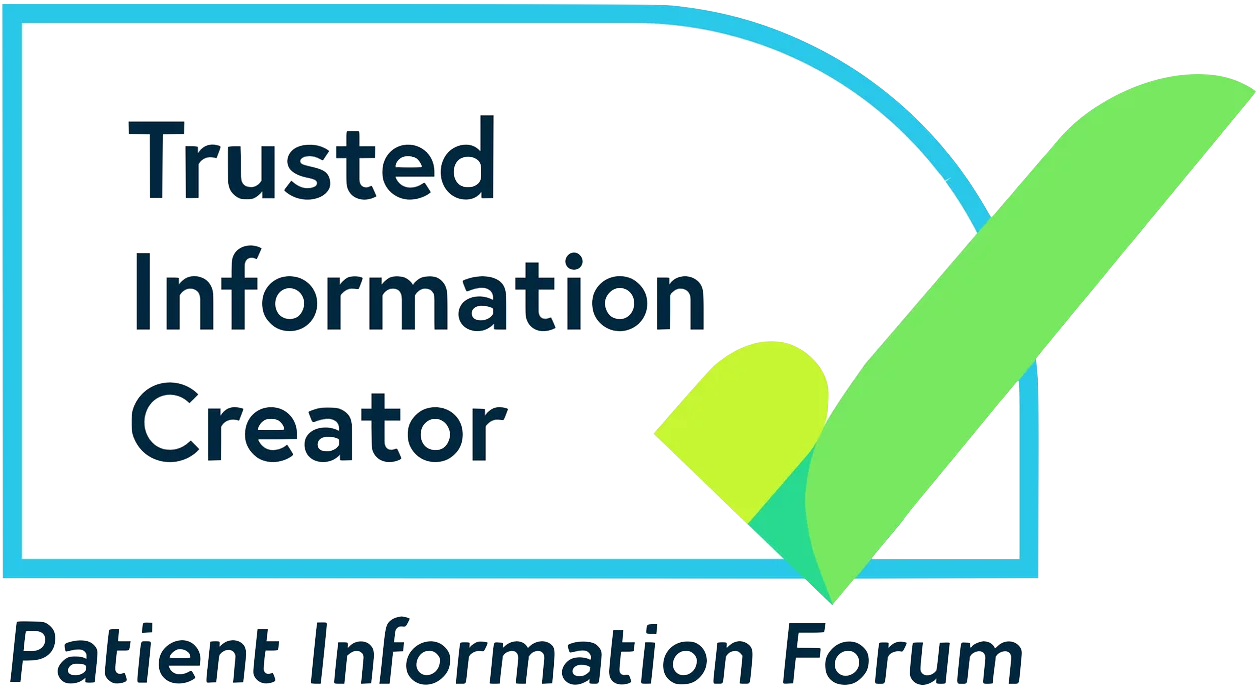Research into the development and benefits of seizure alarms and monitors is ongoing. There isn’t enough evidence yet to show that using a seizure alarm or monitor can guarantee someone’s safety during a seizure or prevent sudden unexplained death in epilepsy (SUDEP). But some people with epilepsy have found using alarms and monitors helpful as part of a risk reduction plan.
Epilepsy Action can’t give advice on what sort of device would best meet your needs. And we can’t make recommendations about any of the companies or products listed on this page.
Find the info you need
How do I choose a seizure alarm system?
Most seizure alarms are designed to detect tonic-clonic seizures. These seizures are easier to detect because they involve movement. Other seizure types, such as focal and absence seizures are harder to detect. Because of this, devices designed to detect tonic-clonic seizures are more accurate and there is more evidence to support their use.
Some questions that could help when choosing an alarm include:
- Do you want it to detect seizures during sleep, during the day or both?
- Does it detect the type of seizures you have?
- How does it detect seizures? Most systems detect movement, but some detect sound, heart-rate, urination, getting out of bed and, more recently, brain activity. If you’re not sure whether a device will work for your seizures talk to your epilepsy nurse or doctor.
- How sensitive is it? Can you adjust the sensitivity if you need to, for example if you keep getting false alarms?
- Will it work with your existing phone or home technology or do you need extra equipment?
- Will it be comfy and easy to use?
- Does the company that makes it offer a guarantee, and do they provide ongoing technical support? Bear in mind that a device that connects to a phone or tablet may need regular software updates. Eventually you might need to replace it if it stops being compatible with more modern technology.
- Who will it alert when you have a seizure? Do you want it to alert someone you live with, someone outside your home, or to connect to a telecare service?
- How much does it cost to buy? Is there a monthly subscription fee?
- Are there reviews about the products you are looking at?
What seizure alarms and monitors are available?
Seizure alarms and monitors are designed to detect seizures and let someone know so they can help you. They are usually made up of a sensor and a pager or mobile phone link.
Here we explain the different kinds of systems that are available in the UK and give contact details of stockists we know of. There may be other stockists available.
It’s a good idea to compare a few systems to get an idea of prices and how they work. We also recommend that you talk to stockists where possible to see how their systems could work for your or your child’s needs.
See our page about funding for safety equipment for information about VAT exemption.
-
Wearable seizure alarms and monitors
These are wearable devices, like a watch or hearing aid, that link to a pager, mobile phone or a call centre.
Most wearable seizure alarms work by detecting repeated movement that is common with tonic-clonic seizures.
Some can detect changes to heart rate, temperature and, more recently, changes to brain activity that can happen with some epileptic seizures.
Most systems are designed to work at home but some have GPS and can work when you’re out and about as well. There is usually a subscription cost for a care line or a GPS service.
Epilepsy alarms
Phone: 0800 180 88 33
Email: support@epilepsyalarms.co.ukLiving made easy
Email: info@dlf.org.ukEpilepsy Solutions
Phone: 01438 821251 -
Apps and seizure alert subscription services
These are downloadable apps that work with a paired smart watch and phone. They work with Apple or Android systems or sometimes both.
The apps usually work by allowing the paired device to detect repeated movement that is common with tonic-clonic seizures.
Some can detect changes to heart rate that can happen with some epileptic seizures.
They work by sending an alert to a mobile phone or in some cases, a call centre. You would usually wear the device around your wrist, so they should work at home or while you’re out and about.
Some examples of apps available:
Compatible with Apple and Android devices.
Compatible with Apple devices.
Compatible with Apple and Android devices.
-
Bed monitors
These are devices which attach to the bed or lie on the mattress to detect repeated movement that is common with tonic-clonic seizures.
Some bed monitors can also detect body fluids, like urine or vomit, vocalisation or when someone leaves the bed.
They are designed to send an alert to a pager and some systems can connect to a video monitor.
They are designed to work at home or in places like care homes.
Alert-it
Tel: 01530 239900
Email: enquiries@alert-it.co.ukEpilepsy alarms
Phone: 0800 180 88 33
Email: support@epilepsyalarms.co.ukEpilepsy solutions
Phone: 01438 821251
Email: mailto:https://epilepsysolutions.co.uk/Frequency precision
Phone: 08137 810590
Email: contact@frequencyprecision.comLiving made easy
Email: info@dlf.org.ukMedpage
Phone: 01536 264869Safety systems distribution Ltd
Phone: 01207 279 519
Email: sales@safetysystemsdistribution.co.uk -
Seizure alarms with video monitoring
These are alarms that have a camera. They are designed to detect unusual movement which is usually connected with tonic-clonic seizures.
They may detect movement connected to some other types of epileptic seizures.
Some have a recording feature to capture seizure activity.
They usually consist of a camera and a video monitor and are for use in the home.
Some systems can be linked to a monitoring centre. There is usually a subscription cost for this.
Medpage
Phone: 01536 264869Epilepsy solutions
Phone: 01438 821251 -
Seizure alert dogs
Seizure alert dogs are trained to detect oncoming seizures and alert you, so you have time to make yourself safe. Visit the support dogs website for more information on their requirements and to download an information pack.
Support dogs
Tel: 0114 261 7800
Website: supportdogs.org.uk
What other types of alarms and monitors are available?
- Fall alarms, which go off if you fall to the ground. Check with manufacturers if it continues to sound when a person is moving on the ground or not as in a tonic-clonic seizure
- Baby monitors, which can be useful if you always make a noise when having a seizure. Video baby monitors are also available
- Most smart phones have the technology to set up an option for sharing your location with people you trust. There are also lots of different types of smaller GPS trackers available
- Alarms with a button to press when you need help. These might work for you if you always get a warning before a seizure
- Automatic phone dialling alarms which phone chosen numbers when you press an alarm button
- IP (Internet Protocol) cameras and monitors may be helpful to video record information about seizures. IP cameras are a type of digital video camera which use an internet network to view, record and store video footage. Some have sound options as well. But they aren’t alarms and they won’t alert you if a seizure happens.
The Disabled Living Foundation’s website Living made easy has information about different types of alarms and monitors.
If you live in Northern Ireland, Care direct 24/7 offers a range of care solutions for epilepsy.
What’s a telecare service?
A telecare service is an alarm or monitor in your home that connects to a call centre. They are sometimes called a careline, lifeline or community alarm service. If an alarm or monitor in your home is activated, it alerts the call centre. Someone from the call centre can then take action. This action could include:
- Calling you to check if you’re alright
- Calling a nominated carer, friend or family member to check on you
- Calling the emergency services to check on you
Telecare alarms are general alarms and not designed as epilepsy alarms.
The NHS website has more information about telecare.
Can I get funding for an alarm?
Some people can get funding or free monitors and alarms from their local authority social care services. Some charities also provide free monitors, or grants to help pay for them. You may also be eligible for VAT exemption on any alarm you buy.
To find out more, visit our page about funding for safety aids and equipment.
Some people may be eligible for benefits to help with the extra costs of living with a long-term health condition or disability
To find out more, visit our page about benefits for people with epilepsy.
Got any questions?
Our expert advisors can help you with any questions you might have about safety or anything else related to living with epilepsy.



